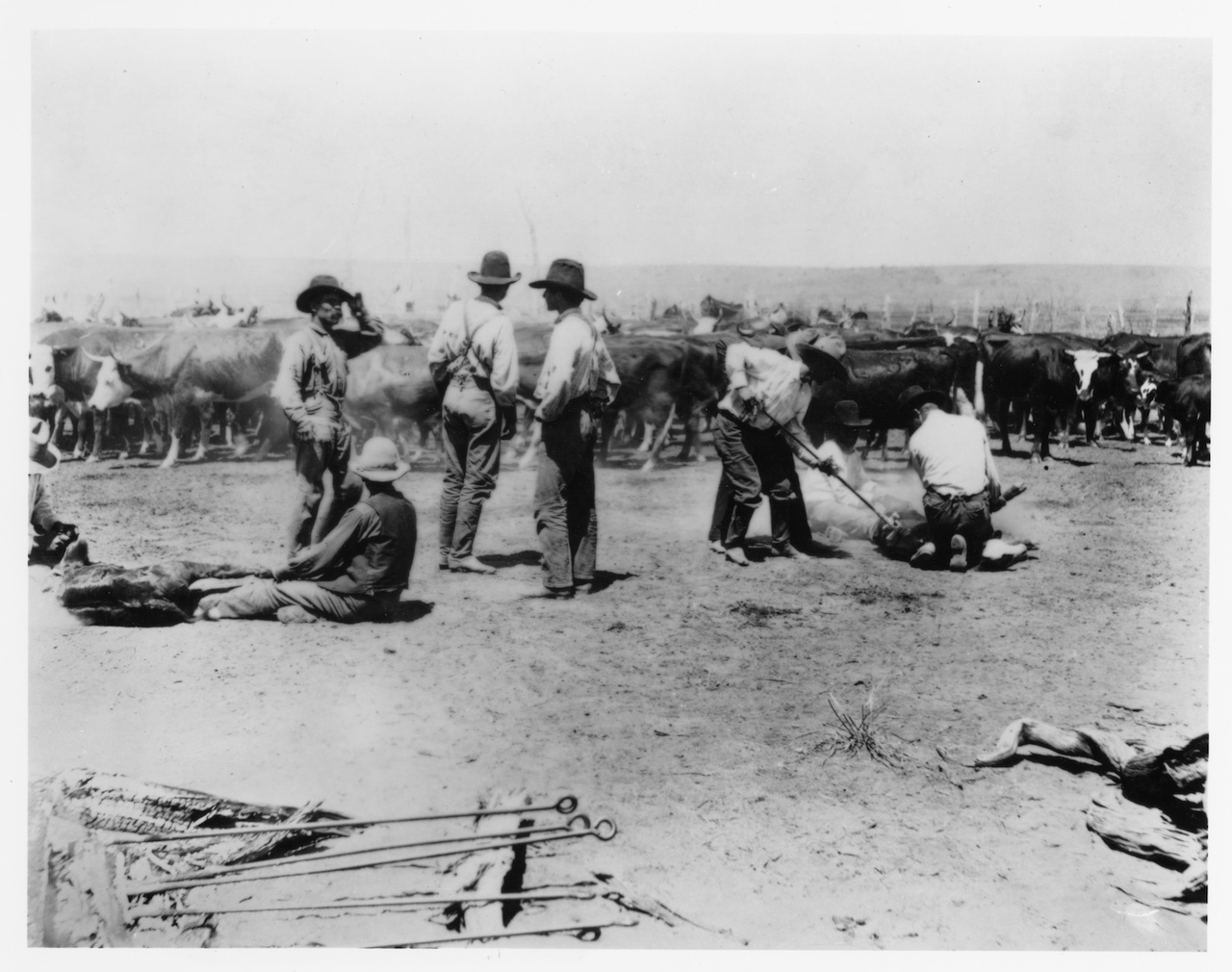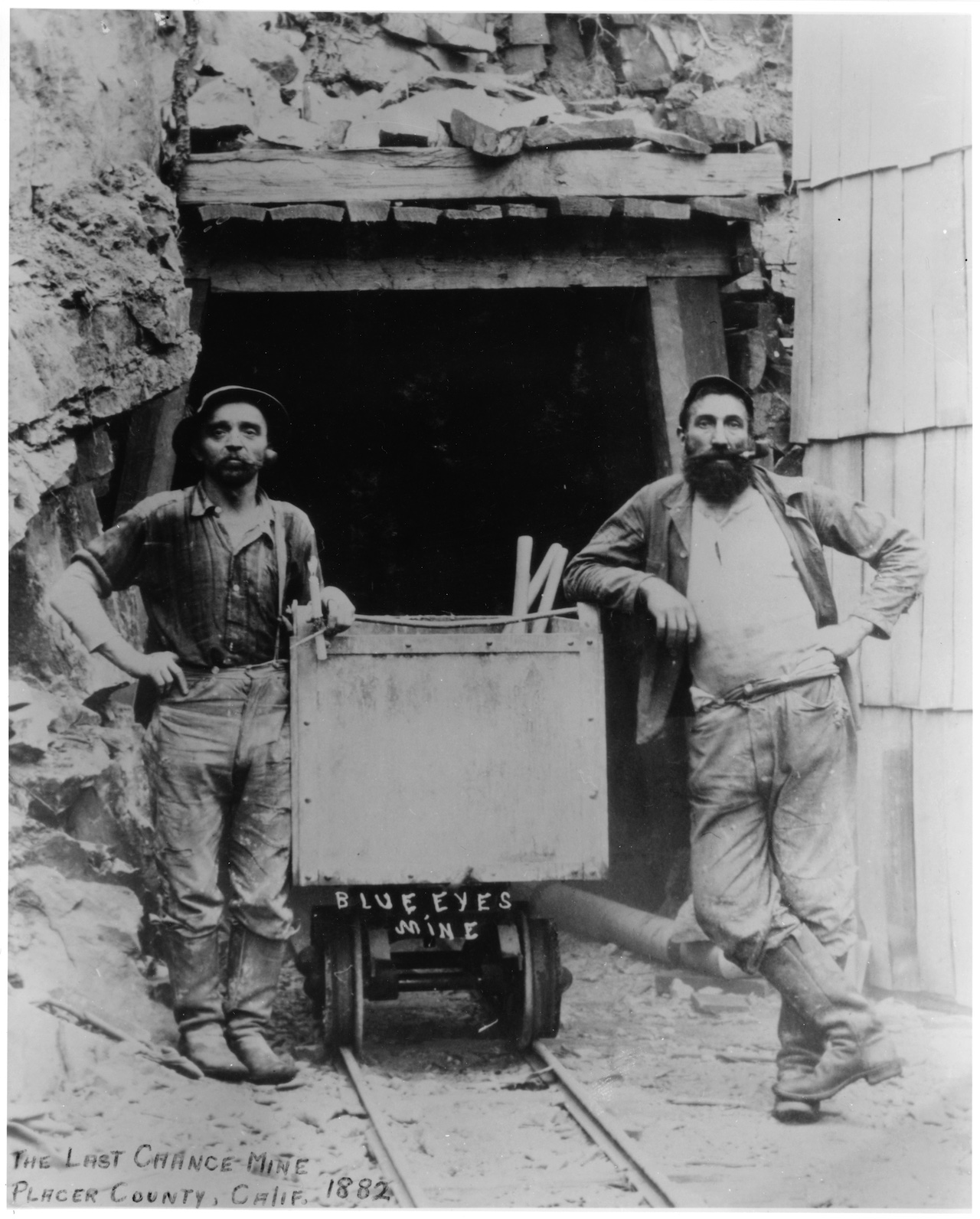
Wardrobes change with the times, and trends come and go, but no clothing item has consistently been so relevant and such a necessity — not to mention prominent and revolutionary — as the Levi’s 501 blue jean. Travel anywhere around the world and you can find the classic denim pant worn by people from every walk of life. This year, the style that’s transcended decades is celebrating its 150th anniversary. And to fully understand how a pant made for workmen became a staple of counterculture movements, a sign of freedom during the Cold War and a fashion statement worn on the world’s biggest stages, GRAZIA is going back to where it all started.
Read more: 2023’s Most Exciting Fashion Collaborations Yet
Surprisingly, it was Jacob Davis, a tailor, who created the 501 jean and not the brand’s iconic namesake, Levi Strauss. As the story goes, a customer asked Davis to make a more durable work pant for her husband, so the craftsman started adding copper rivets to waist overalls so the seams wouldn’t split as easily. His idea was a hit, and to keep up with demand, he approached Strauss, a dry goods supplier. The company applied the rivet addition to denim and duck canvas pants, and together, they patented the idea in 1873. “I’m sure neither of them would have imagined the history that it now has,” Levi Strauss & Co. historian Tracey Panek tells GRAZIA USA.

By 1890, Davis and Strauss started to refer to the pant by its lot number, 501. When Strauss died in 1902, he was childless and never married, so his four nephews took over the company. After struggling through the Great Depression, profits were at an all-time low, so the company focused on making its most successful product, the 501, even more durable. The original 501 “waist overalls” were meant to be worn over workers’ clothing and had a single back pocket, a watch pocket, button fly and cinched back for overalls and buttons for suspenders. Over time, two back pockets were added, and by 1922, belt loops were introduced to adhere to changing men’s fashions.

Back rivets eventually were moved under the pockets after customers complained they scratched furniture. The first 501 style for women, Lady Levi’s Lot 701, were created in 1934.
Just like today, trends often begin when famous faces champion a style. That proved to also be the case when Levi’s 501’s started transitioning from a workwear pant for blue collar society to a staple worn by Hollywood stars. “We have a wonderful letter in our archives from the silent movie actor William S. Hart, and in it he’s writing to fellow actor Rudy Vallée and he says, ‘Come out to my ranch here in California, all we wear year- round are Levi’s,’” Panek says.
Read more: Heighten Your Knowledge of Fashion with These TV Shows
For authenticity, movie costume departments dressed actors in Levi’s for Western films (“Post-Great Depression, the brand chose the cowboy as their marketing symbol and marketed it in all the major Western papers,” notes Panek.) John Wayne wore a pair of cuffed 501’s for his first major leading role in Stagecoach in 1939 — and the jeans’ cool comfortability caught on.

But what sets Levi’s apart from other popular trends that come and go is how ingrained the pant became in so many different walks of life. The brand organically expanded when soldiers brought Levi’s with them overseas during World War II. “The 501 goes abroad, and for some people, it’s the first time they saw a 501 jean in Asia and parts of Europe,” Panek explains.
When rationing occurred during the war, 501’s were stamped with “501S,” meaning “simplified.” “The brand starts selling jeans on military bases. GI’s become the 501 ambassadors, and when they returned home, many of them joined and created motorcycle clubs to rekindle that feeling of brotherhood. And what were they wearing? They’re wearing 501s.”

A cool, rough-and-tough image became associated with the jean— around the time they became slightly slimmer in the leg and lost the back cinch and suspender shank buttons—thanks to those clubs as well as the stylish youth and popular entertainers who loved to wear them, like Marlon Brando in the 1953 film Wild Ones. The clothing then began permeating the counterculture during the Civil Rights movement and Vietnam protests. Bob Dylan wore 501s on his 1963 album cover for The Freewheelin’ and became a global phenomenon, burnishing Levi’s image even more. “It’s really by the ‘60s when young people begin wearing it and by 1969 at Woodstock, it’s a sea of denim,” says Panek.

Why the fascination with Levi’s 501s decade after decade? “You can have so many people in the same jean, but they always look different because they wear it their own way,” notes Karyn Hillman, chief product officer at Levi Strauss & Co. “It’s so recognizable and yet it has evolved over all the decades. From the original 1873 to now, it’s changed upwards of 30 or so times. But it’s really the people who’ve worn it — we’ve adopted with them and really evolved.”

Hillman’s design team looked back to the first official 501 made for women in 1981 (nearly 50 years after Lady Levi’s 701 debuted) and the classic 1954 501 fit for men to re-release this season in honour of the 150th anniversary. “We’re really thoughtful and careful about what we tweak,” Hillman says. “We don’t move it too far forward. We have what we call the tenets of the 501 — from the button fly to the shrink, fit, fabric, to the way it fits to the copper rivets, to the pockets. We evolve and adapt with the times, and I think that’s why you can really still see in the modern blue jean that its tenets and character are still intact. We’re guardians, but we can’t just rely on the past. We have to push it forward to make it relevant for today.”

Today, 150 years later, the brand is sold in more than 110 countries and Levi Strauss & Co.’s reported 2022 net revenues were $6.2 billion. The company’s clothing has been worn on the most important stages of our time in recent years — from Steve Jobs unveiling a new iPhone model in the jeans to Beyoncé performing in Levi’s cutoffs at Coachella. “I bet Levi Strauss would just be amazed to see the company he started is still going strong,” Panek says. “He was a businessman and he dressed like Abraham Lincoln. He had a top hat and a three-piece suit. He never actually wore Levi’s overalls or the 501, because it was blue-collar clothing. That’s just a funny little fact about Levi, who gave blue jeans to the world.”
This story first appeared on GRAZIA International.
